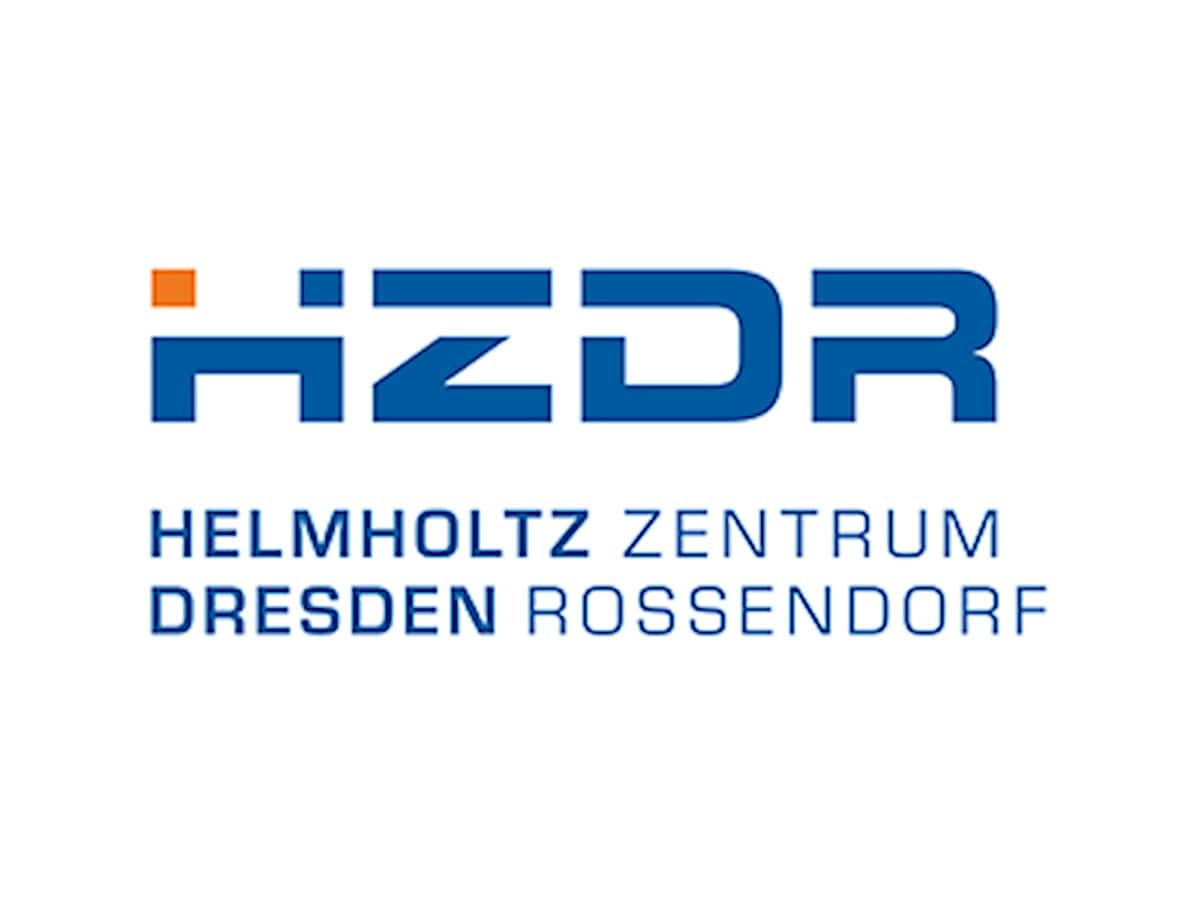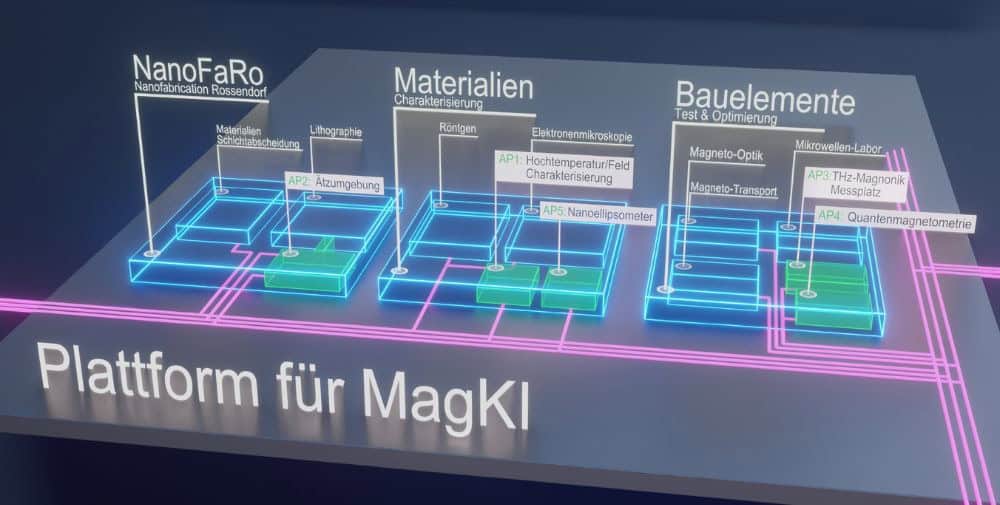
With the new infrastructure, a competence center for magnetic AI hardware is growing in Dresden-Rossendorf. The funding from the EU, federal and state governments now totals around ten million euros – a strong signal for the future viability of this research. “This makes the HZDR a central location for magnetic AI in Germany,” says the Scientific Director of the HZDR, Prof. Sebastian M. Schmidt. “A platform is being created here that brings together basic research and industrial application – exactly what we need for the next generation of AI technologies.”
The latest advances in language models, translation software and image generators have a catch: they require enormous amounts of energy. “Training AI models such as ChatGPT alone consumes gigawatt hours,” says Dr. Helmut Schultheiß, head of the Spin Interaction and Control working group at the HZDR. “And each new model requires even more computing power and therefore even more electricity.” As a result, the energy consumption of AI systems is threatening to become unmanageable – a problem not only for further development, but also for the global climate. To improve the situation, the HZDR is focusing on a disruptive approach – AI hardware based on magnetic components that is designed to function more sustainably.
Current computer chips are based on billions of transistors that switch electrical currents and continuously generate heat in the process – which makes them real power guzzlers for AI applications. Magnetic components work differently: they use collective oscillations of electron spins, so-called magnons. These do not transport electrical charges, but energy and information via magnetic interactions. As a result, hardly any current flows and only a small amount of energy is lost in the form of heat.
Overview in the puzzle chaos
Instead of changing individual transistor states, complex wave patterns spread out in the magnetic materials, which can process information directly. “You can think of it like a jigsaw puzzle,” explains Schultheiß. “The magnetic AI pre-sorts the pieces before the classic logic takes over. This saves a lot of calculation steps – and therefore a lot of energy.” The approach builds on the successes of the EU project NIMFEIA. Here, the HZDR has already been able to show that such magnetic elements can be seamlessly integrated into the chip production of partners such as GlobalFoundries and Infineon.
With the tenders won, the center can continue to drive development forward. The MagKI investment programme will enable the acquisition of four specialized equipment platforms for the production and characterization of magnetic nanostructures. A new etching system will be added to the institute’s clean room. Researchers can use focused ion beams to create tiny nanodefects – a key technology for precisely adjusting the properties of memory cells. There is also a femtosecond laser for magneto-optics, an ultra-fast arbitrary function generator and a THz spectroscope – all combined with a superconducting magnet. This allows magnetic oscillations to be investigated in the terahertz range, i.e. at previously unattainable speeds. The measuring station is intended to show how magnons behave on extremely short time scales – a prerequisite for magnetic AI that learns and reacts in real time.
Connection with quantum technology
In addition, a quantum magnetometry platform is being acquired, in which highly sensitive probes record magnetic fields on atomic scales. This allows magnetic storage to be coupled with quantum technology, for example for high-precision quantum sensors. Finally, a nano-ellipsometer will be able to record the light reflections of individual nanostructures. This will make it possible to measure the optical properties of magnetic and quantum-based systems with spatial resolution for the first time. The data will help to characterize and optimize new materials.
Magnons and quantum phenomena complement each other perfectly. This could make it possible to read out magnetic states optically or quantum-based in the future – a huge technological step forward. “With these four devices, we are expanding our possibilities enormously,” explains Jürgen Lindner, Head of the HZDR Magnetism Department. “In future, we will be able to work at low temperatures, high magnetic fields and ultra-short time scales – this is crucial to really understanding the performance of magnetic systems.”
Center of Excellence for Magnetic AI
The second, closely linked project “Magnon4KI” bundles the research activities. It investigates how magnetic and quantum-based processes can be combined to create novel AI components. Magnon4KI provides the scientific foundation for MagKI. The project is developing the concepts, methods and prototypes that will later be tested on the new device platform.
“Both projects are closely interlinked, cross-departmental and part of the HZDR 2030+ strategy, which focuses on sustainable information and quantum technologies,” emphasizes Lindner. “Our goal is to secure Saxony a leading international position in the field of magnetic AI in the long term.” This is why partners from industry have been involved from the outset: GlobalFoundries is already supplying wafers and chips that are being tested in Dresden-Rossendorf. Infineon wants to pre-characterize its new silicon quantum chips at the HZDR in the future. Bosch is also a partner in joint experiments.
Science Minister Sebastian Gemkow emphasizes the importance of the funding for the Free State of Saxony and for Europe: “With the funding from the European Union and the Saxon Ministry of Science, the MagKI and Magnon4KI projects can be realized and thus Saxony’s leading role in the development of state-of-the-art AI technologies can be further strengthened. The foundations are being laid here for the next generation of powerful and adaptable AI systems. They open up completely new possibilities for information processing, which will become even more powerful when combined with quantum technology. This funding is also an investment in Europe’s digital sovereignty”.
– – – – – –
Further links
👉 www.hzdr.de
Graphic: HZDR / H.Schultheiß




